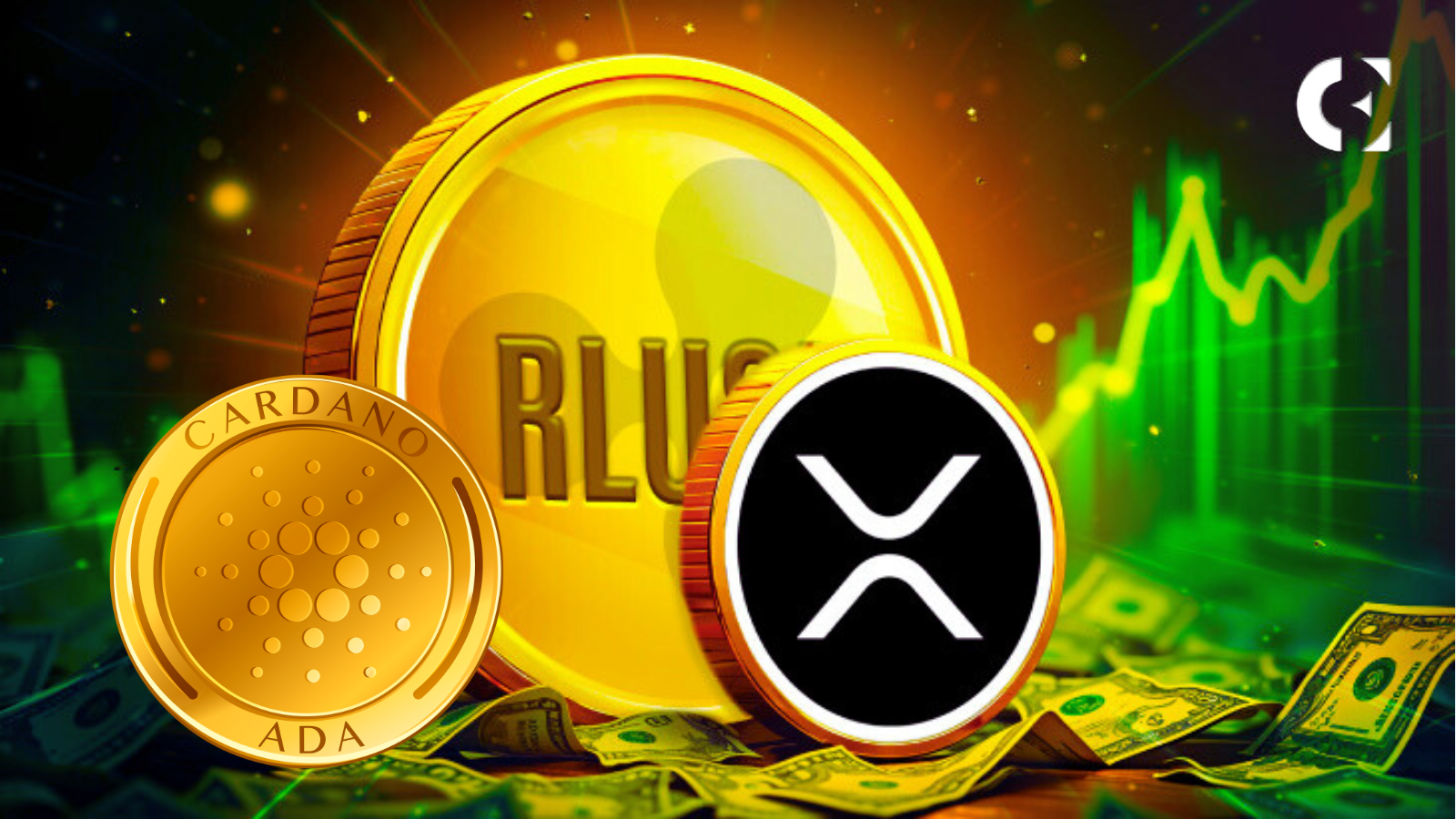- Circle’s dominance in liquidity limits Cardano’s growth and innovation potential.
- Ecosystems like Cardano may benefit from alternatives like RLUSD for liquidity growth.
- RLUSD offers legal advantages, making it a stronger stablecoin option for Cardano.
Circle and its USDC stablecoin are having a major impact on the broader crypto market, but not always in a good way. Charles Hoskinson, co-founder of Cardano, thinks while USDC is widely accepted across numerous blockchains, its near monopoly-like control over liquidity distribution is cause for concern.
Many projects are starting to doubt the value of working with Circle, as its actions appear to drain liquidity from their ecosystems. Cardano, a major blockchain that is steadily growing, should consider its position carefully when it comes to future collaborations with Circle. With concerns over liquidity manipulation and monopoly practices on the rise, it’s time to reassess relationships with companies like Circle.
Circle’s Playbook: How They Control the Game
The problem lies in Circle’s monopolistic tactics, which favor its own chain, like SUI, at the expense of others. For several projects, including Polkadot and Algorand, USDC’s promises of increased liquidity and volume were nothing but empty words.
These chains invested millions in USDC, hoping for a boost in activity. Instead, they saw liquidity move to SUI, a blockchain partially owned by Circle.
The Hidden Costs of USDC: Why Cardano Can Do Better
Cardano, however, has an opportunity to go a different route. For stablecoins to take off, ecosystems require substantial liquidity around $30 million is needed just for traction.
Currently, the cost to acquire USDC liquidity is exorbitant, with projects spending $15 million just to secure the token and another $30 million to mint and seed liquidity. This could be better spent on advancing the roadmap, supporting development, and increasing adoption.
By contrast, RLUSD by Ripple offers a more appealing alternative. Unlike USDC, RLUSD is motivated to seed liquidity because of its strong desire for adoption in large ecosystems like Cardano. Also, RLUSD’s status as a US-based stablecoin offers distinct advantages, particularly in a market where regulatory clarity is key.
Related: RWA Roundup: Circle Buys Hashnote & SEC Shakes Things Up
Why Ripple’s RLUSD Makes Sense for Cardano
Besides its legal advantages, Ripple’s RLUSD could be a strategic boon for Cardano’s ecosystem. Ripple is highly incentivized to ensure RLUSD’s success, meaning Cardano could benefit from its liquidity initiatives. If Cardano chooses to adopt RLUSD, this move could signal to Tether and USDC that Cardano is serious about exploring other options.
Related: Cardano Founder Burns 900 Billion Unsolicited ‘Charles’ Token, Ends Unwanted Project
If these competitors see Cardano gaining ground, they may be motivated to offer their services free of charge, just to stay in the game. Also, Ripple’s transparency and willingness to support Cardano financially may help offset any risks related to liquidity acquisition and fees.
Disclaimer: The information presented in this article is for informational and educational purposes only. The article does not constitute financial advice or advice of any kind. Coin Edition is not responsible for any losses incurred as a result of the utilization of content, products, or services mentioned. Readers are advised to exercise caution before taking any action related to the company.







